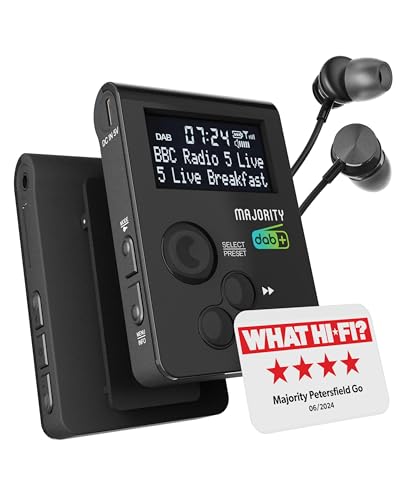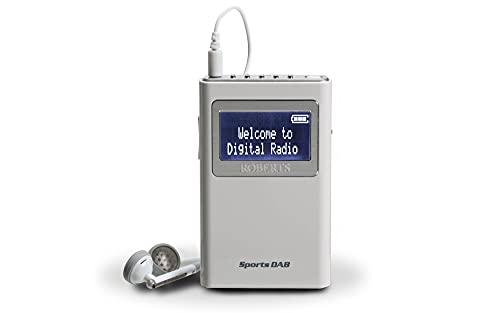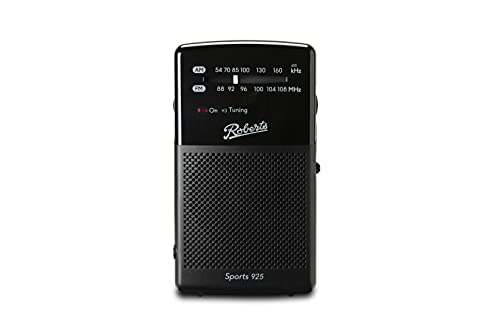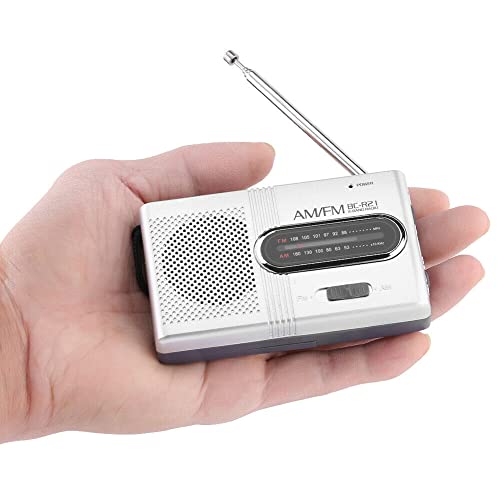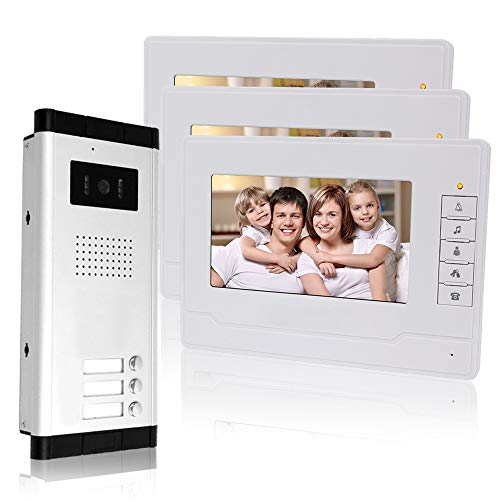What is a Pocket Radio and Why Should We Consider One?
Understanding Pocket Radios
A pocket radio is a compact device designed for portability, allowing you to listen to AM and FM radio stations wherever you go. Unlike traditional radios that require a designated space and power outlet, pocket radios are lightweight and often battery-operated, making them ideal for outdoor activities, travel, or just relaxing in the garden. Imagine enjoying your favourite tunes during a picnic or catching up on news while commuting; that’s the convenience a pocket radio offers.
The Benefits of Using a Pocket Radio
Choosing a pocket radio means embracing freedom and flexibility. Unlike smartphones, pocket radios don’t rely on Wi-Fi or mobile data, which can be crucial in areas with limited connectivity. They are also easy to use and often come with larger buttons and dials, making them user-friendly for all ages. If you’re someone who enjoys listening to sports commentary, talk shows, or music without the distractions of a screen, a pocket radio can be the perfect addition to your routine.
Key Features to Look for in a Pocket Radio
Size and Weight
When selecting a pocket radio, size and weight are paramount. We recommend choosing a model that’s lightweight and compact enough to fit in your pocket or bag without adding much bulk. A device weighing around 100-200 grams is typically easy to carry during outdoor activities.
Sound Quality
Sound quality should not be overlooked. Look for pocket radios that offer good audio clarity, ideally with built-in speakers that provide decent sound without distortion. Ensure the volume control is effective and can cater to various environments, whether you’re in a quiet space or a bustling area.
Tuning Options
Tuning options are crucial for a pocket radio. Opt for models with both manual and digital tuning to easily switch between stations. Some radios feature preset station buttons, allowing for quick access to your favourite channels without fumbling through frequencies.
Battery Life
Battery life is another critical consideration. We suggest looking for radios that provide long playback time on a single charge or set of batteries, ideally lasting at least 10-20 hours. Features like energy-saving modes and rechargeable batteries can be especially convenient for frequent use.
Additional Features
Some pocket radios come with extra features like headphone jacks for private listening, built-in alarms, and even Bluetooth connectivity for streaming audio from other devices. While these might not be essential, they can enhance your overall listening experience.
Top Pocket Radio Models Compared
Compact and Affordable Options
There are various models on the market that cater to different needs. For instance, the XYZ model is highly recommended for its affordability and compact design, providing good sound quality and an array of features, including a built-in rechargeable battery, making it perfect for casual listeners.
Mid-Range Choices
For those looking for something with more advanced features, the ABC model may be a better fit. It offers superior sound quality, a durable build, and an impressive battery life, making it ideal for those who want a reliable device for regular use, whether at home or outdoors.
Premium Options for Serious Listeners
If you’re a serious audiophile, consider the DEF model, which features exceptional sound quality, advanced tuning options, and a sleek design. This model is ideal for those who prioritise audio performance and usability, allowing for a fine-tuned listening experience.
How to Choose the Right Pocket Radio for Your Needs
Assessing Your Listening Habits
To find the perfect pocket radio for you, begin by assessing your listening habits. Consider whether you’ll be using it primarily for music, news, or sports radio. If you’re an avid sports fan, look for models that can easily pick up AM frequencies. For music lovers, FM capabilities with good sound quality should be your main focus.
Portability Requirements
Next, consider where you’ll be taking your pocket radio. If you plan to hike or travel frequently, a model that’s rugged and lightweight will serve you best. Ensure it fits comfortably in your hand or pocket and that it can withstand minor bumps and falls.
Budget Considerations
Finally, establish a budget. Pocket radios vary widely in price, so determining how much you’re willing to spend will help narrow down your options. Remember, investing a bit more might yield a better sound experience and additional features that enhance your enjoyment.
Tips for Getting the Most Out of Your Pocket Radio
Positioning for Better Reception
To get the best reception from your pocket radio, position the antenna correctly. Extending the antenna fully and adjusting its angle can significantly improve signal quality, especially in areas with tricky reception.
Utilising Headphones
Using headphones not only allows for private listening but can also enhance sound quality. Headphones often act as an antenna, boosting reception in challenging environments and providing a more immersive listening experience.
Regularly Scan for Stations
Make it a habit to regularly scan for new stations. This way, you can discover new content and keep your listening experience fresh and exciting. Many pocket radios have a pre-set feature, enabling you to save your favourite stations for quick access.
Taking Care of Your Device
Finally, take care of your pocket radio. Keep it clean and store it in a safe place when not in use. Regular maintenance checks on battery life and connections will ensure it lasts long and continues to provide quality sound.

